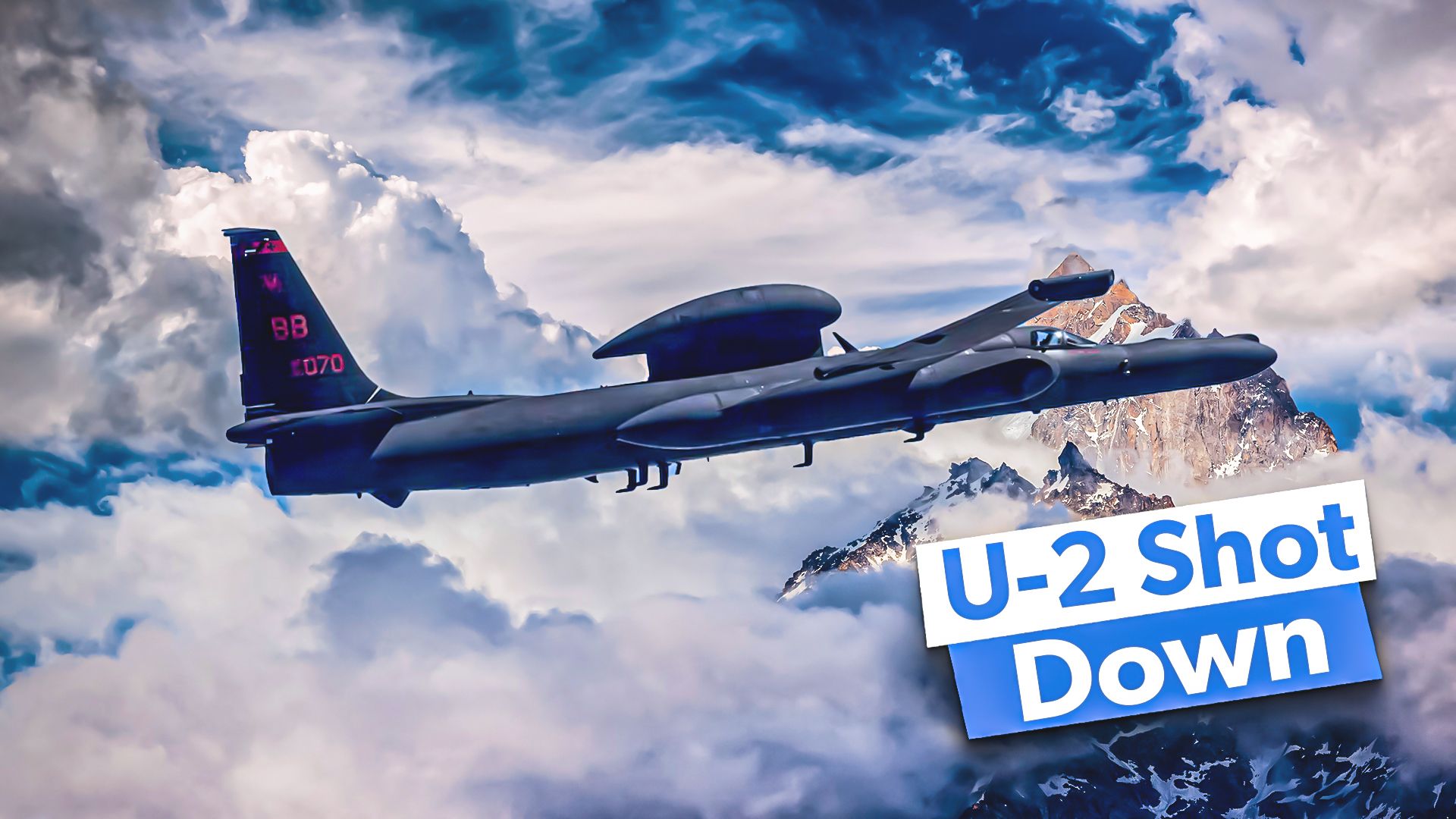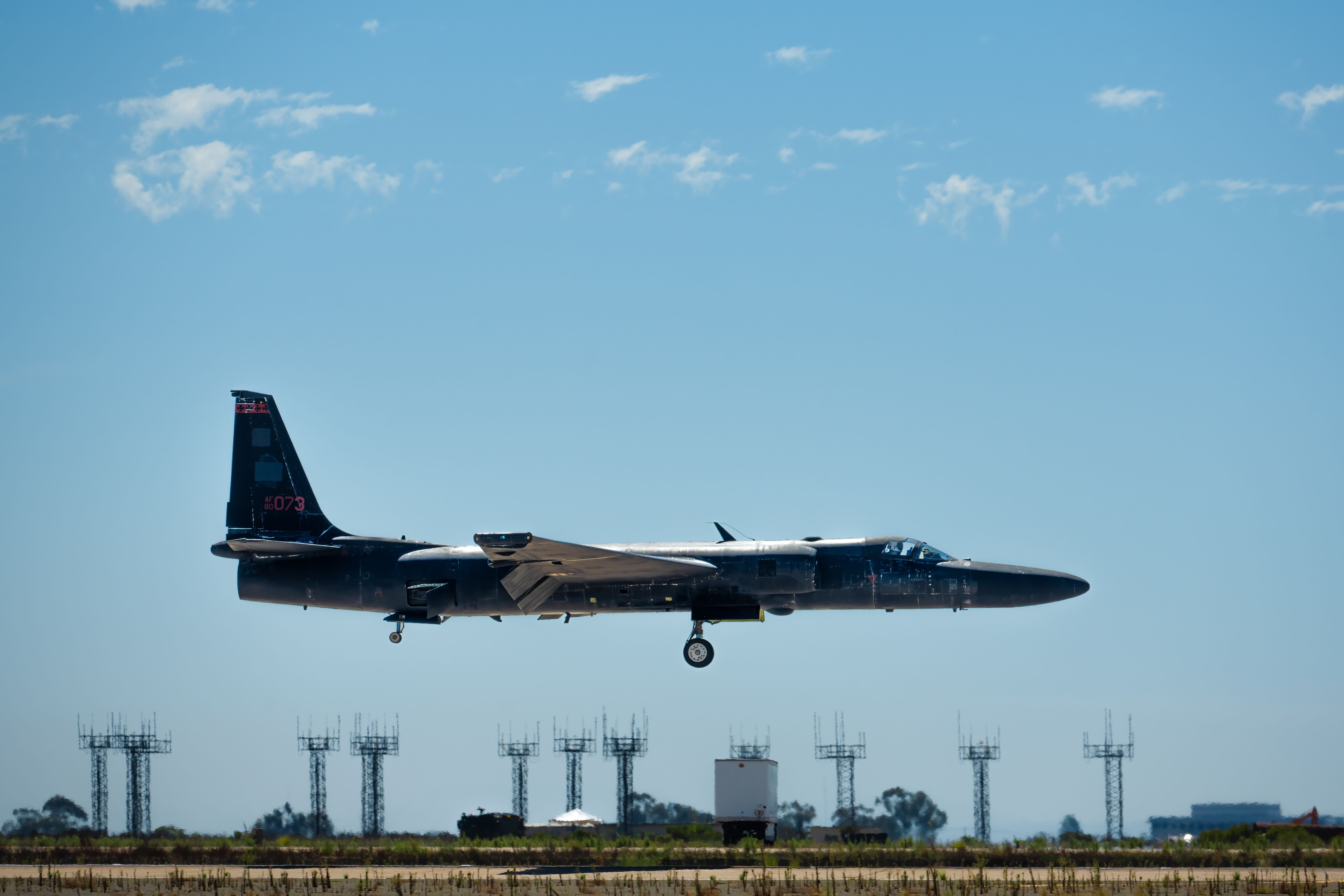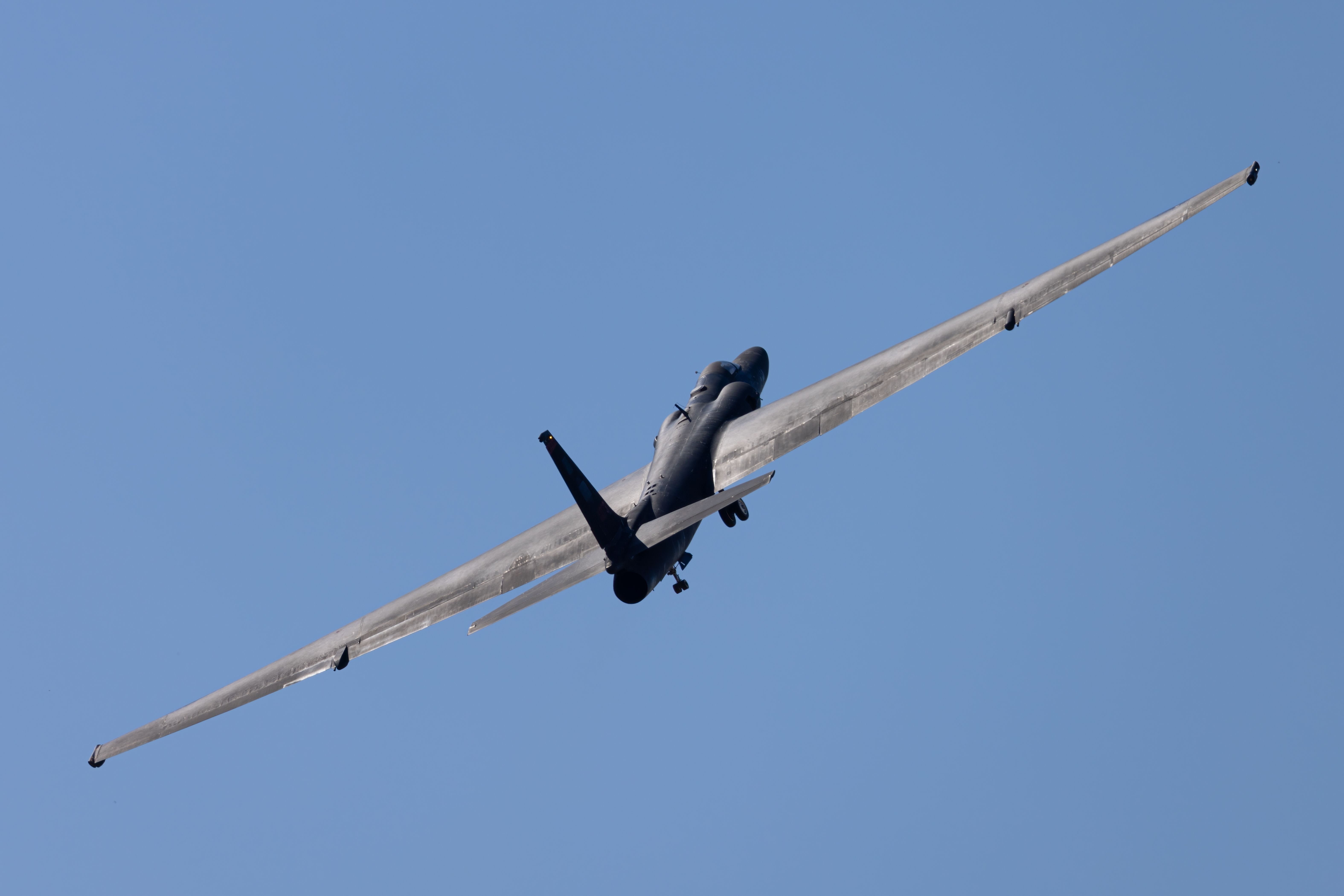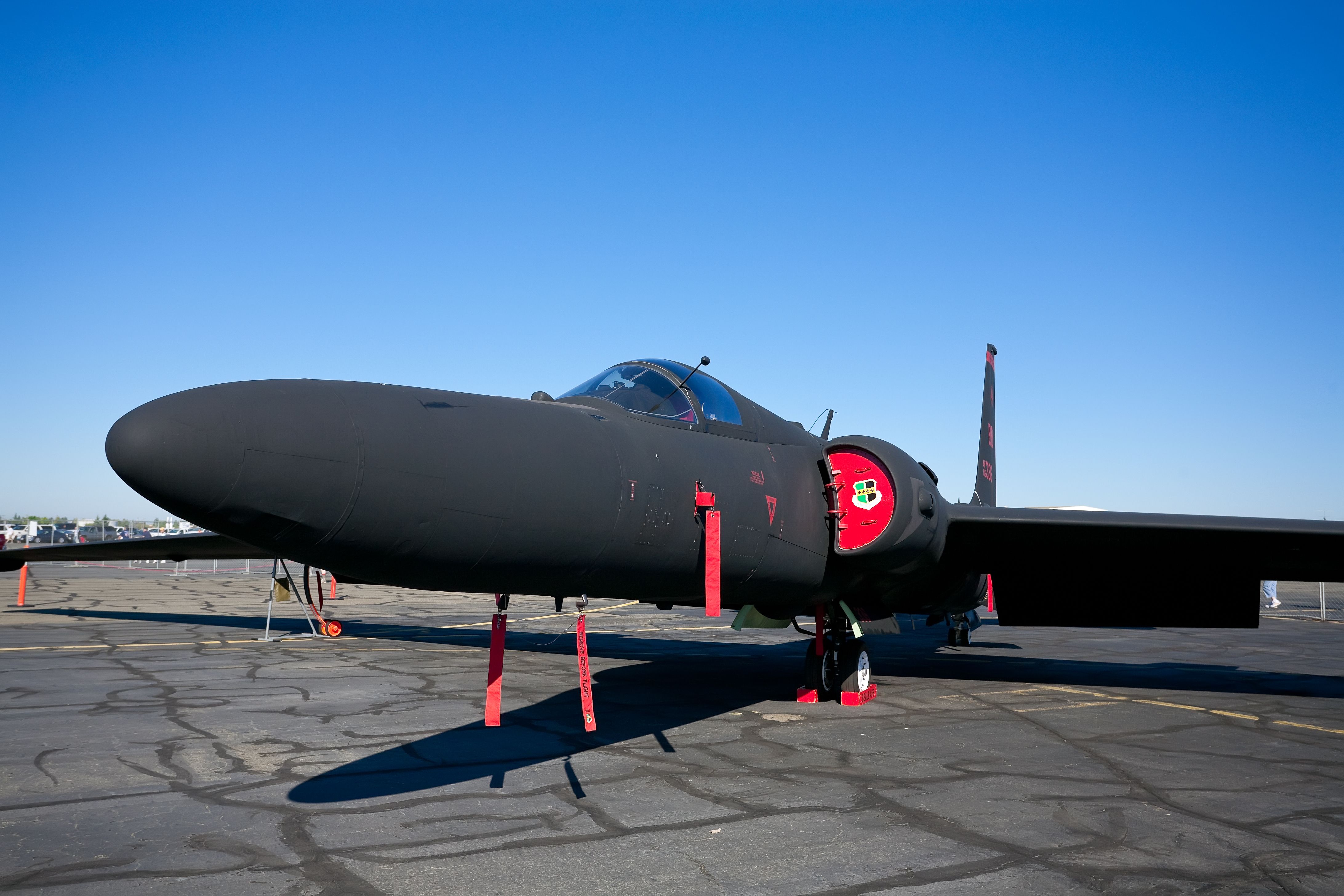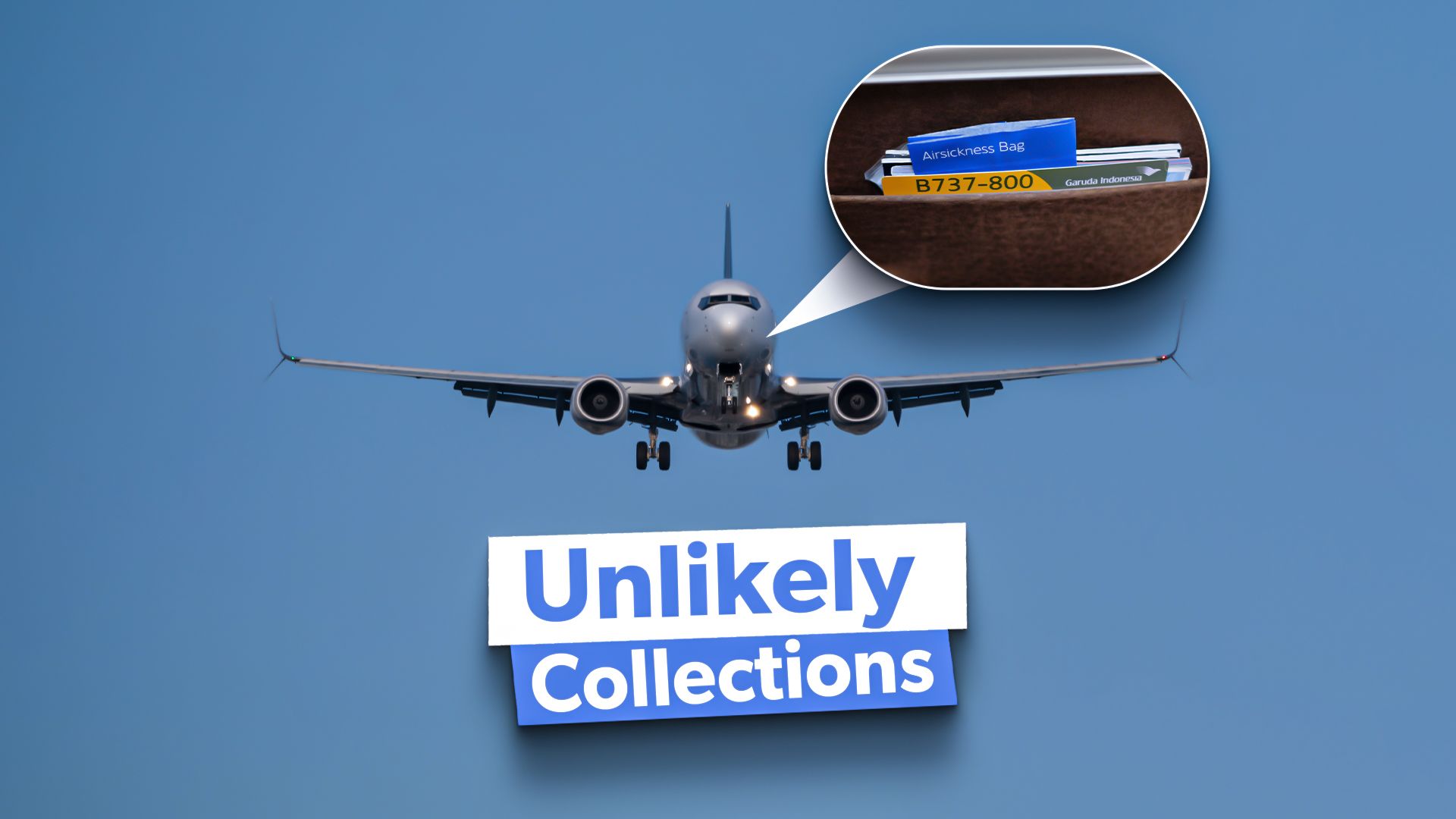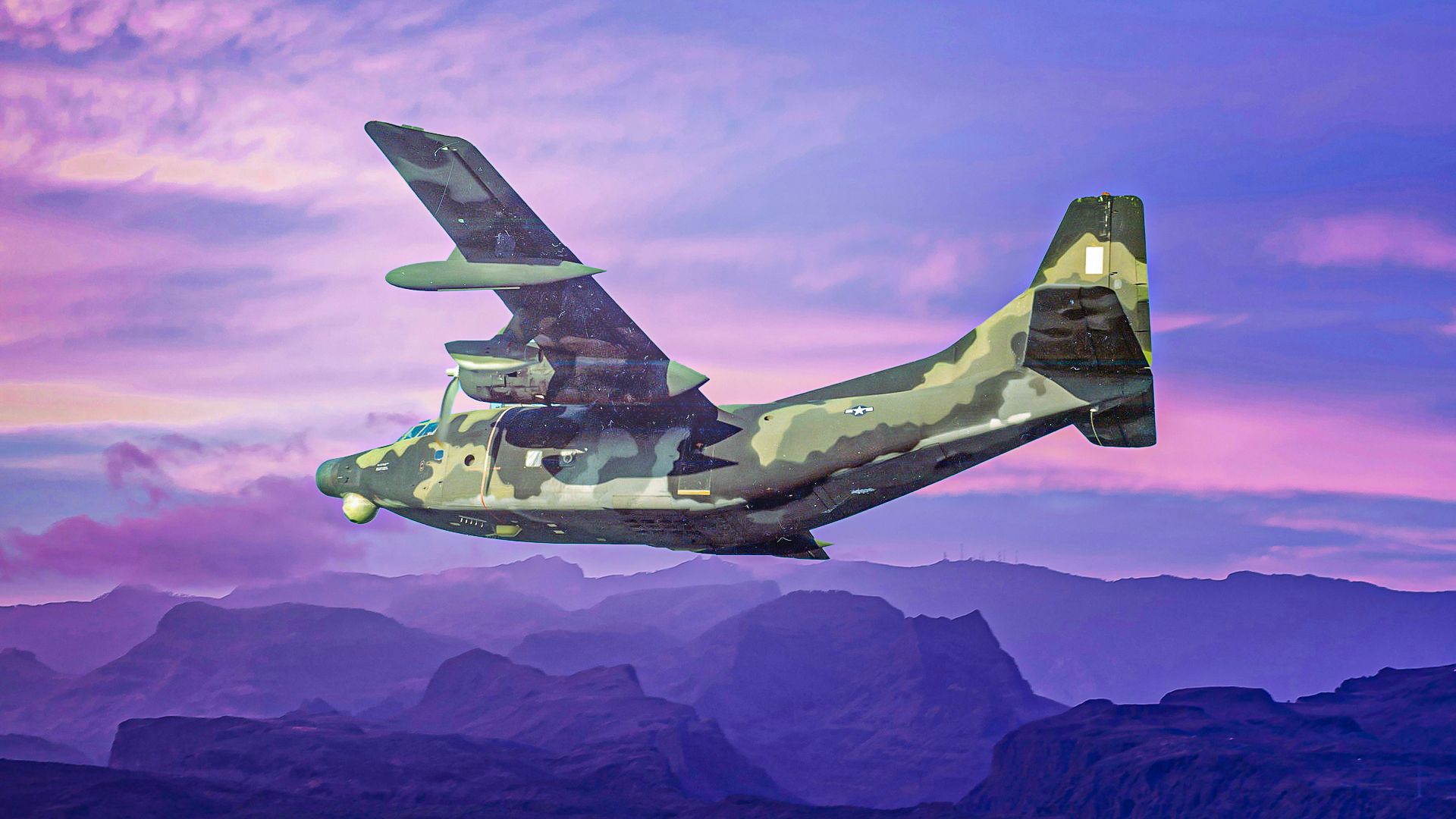Summary
- The U-2 pilot, Francis Gary Powers, was captured in 1960 by the Soviets near Sverdlovsk in the Ural Mountains after the U-2 was shot down by a missile.
- Another U-2 spy plane was shot down over Cuba during the Cuban Missile Crisis by a Soviet surface-to-air missile in 1962.
- Over the 1960s and 1970s, at least five U-2s were shot down by the Chinese military during Black Cat Squadron surveillance missions.
In service since 1956, the Lockheed U-2 spy plane has a long and storied history, with successful reconnaissance missions and its fair share of incidents. Built to snoop on the Soviets, the aircraft and its operators have found themselves on dangerous missions throughout the type’s almost 70-year operational history—not only in the territory of the former Soviet Union but also in Korea, Afghanistan, the Balkans, and China.
The capture of the U-2 pilot Francis Gary Powers
The most famous accident involving a U-2 spy plane occurred in the late 1960s when Francis Gary Powers was captured. After World War II, the United States government feared the spread of Soviet influence and desired better aerial reconnaissance competency to determine what was happening behind the Iron Curtain.
Photo: Kirk Wester | Shutterstock
As a result, Kelly Johnson and the Lockheed Skunk Works built the legendary U-2 plane, also called the Dragon Lady. It could fly at an altitude of 70,000 feet and achieve a maximum range of 6,090 nautical miles.
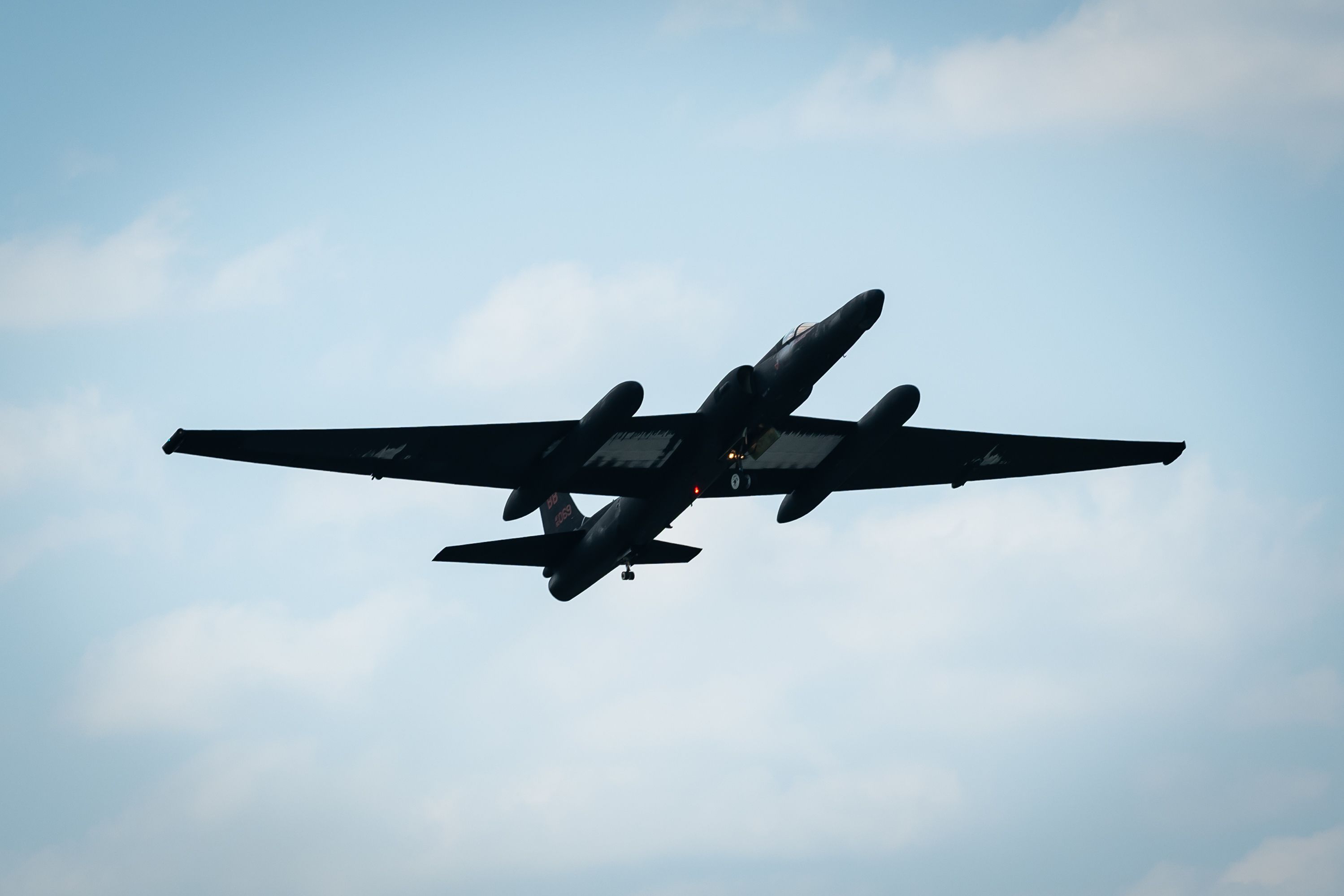
Related
Dragon Lady: Everything You Need To Know About The Lockheed U-2 Spy Plane
The U-2 is one of the most challenging aircraft in the world to fly.
It was important that the aircraft could fly at high altitudes undetected because unauthorized flyovers were deemed acts of war. Still, despite the plane’s operational superiority at the time, the Soviets could detect the Dragon Lady. Below is the table with quick facts about the U-2 plane.
|
First service entrance |
1956 |
|---|---|
|
Maximum altitude |
70,000 feet |
|
Maximum range |
6,090 nautical miles |
|
Maximum cruise speed |
410 mph |
|
Crew |
One |
The first intrusion of Soviet airspace was conducted in 1956. The Americans deemed the mission successful, believing that the Soviets had never detected the plane on radar. Thus, over the next four years, flights over Soviet airspace continued intermittently.
The Soviets detected U-2 flights on their radar but never publicized this information. According to the US Department of State Office of the Historian, the US lost a plane over the Soviet Union in 1959. However, since there was no definitive proof linking the flights to the US, the Soviets had no incentive to raise the issue publicly, as doing so might draw attention to their inability to shoot down the intruding aircraft.
With rising tensions between the two countries, the situation drastically changed. On May 1, 1960, Francis Gary Powers, the pilot of the U-2 spy plane, was shot down while flying through Soviet airspace. Powers departed a base in Pakistan bound for another base in Norway with his planned incursion into Soviet airspace.
Close to Sverdlovsk Oblast in the Ural Mountains, a Soviet surface-to-air missile downed the Dragon Lady. Powers ejected and parachuted safely to the ground, where the KGB captured him.
Shooting down over Cuba
Following the first downing of the Dragon Lady and the subsequent interrogation of Powers, the tensions between the two superpowers were at an all-time high. Two years later, another Lockheed U-2 plane was shot down over Cuba during the Cuban Missile Crisis, a time when the world was closer than ever before to nuclear war.
Photo: ranchorunner | Shutterstock
Before the second downing of a U-2 spy plane on October 14, 1962, the aircraft played a crucial role in reconnaissance by capturing images that confirmed the presence of Soviet nuclear-armed missiles in Cuba, just 90 miles away from the US mainland.
Thirteen days later, on October 27, 1962, Major Rudolf Anderson Jr was piloting a U-2 aircraft on a reconnaissance flight over Cuba and was shot down by a Soviet surface-to-air missile. Anderson had taken off its base in Florida, and just a few hours into the mission, the U-2 Dragon Lady appeared as a blip on the Soviet radars. The two missiles were rocketed, with one of them exploding near Anderson’s U-2, essentially bringing it down.
As a result of this shooting, Anderson was the only American casualty during the Cuban Missile Crisis.
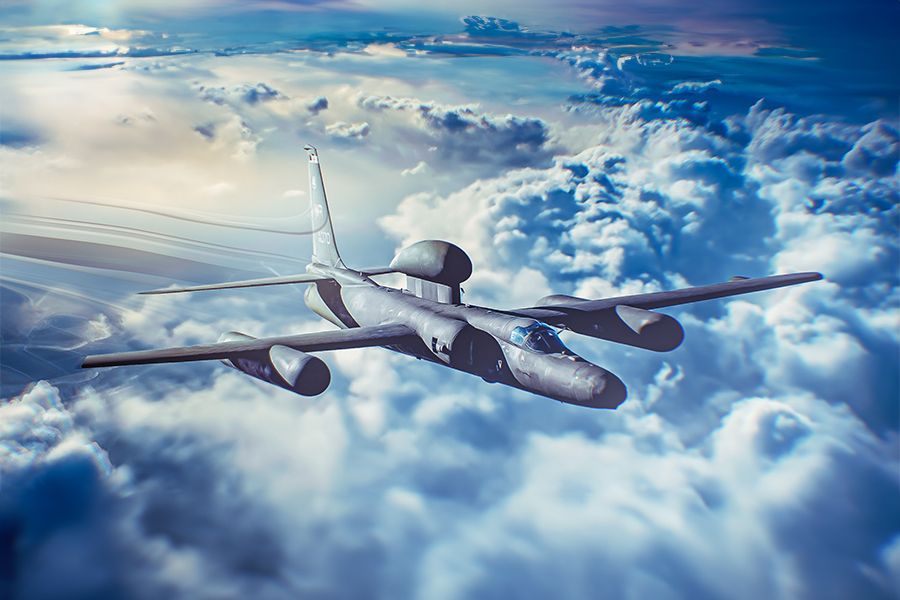
Related
Invisible Weapon: How The Lockheed U-2 Was Designed For High-Altitude Reconnaissance
The aircraft remains in service today.
U-2 missions in China
U-2 missions over China are less well-known and less frequently discussed. The media did not widely report these incidents, leaving them essentially shrouded in mystery.
Photo: Eugene Berman | Shutterstock
In the 1960s and 1970s, at least five U-2s were shot down while on surveillance missions over Chinese territory, according to a report by Taiwan’s Ministry of Defense. Interestingly, American pilots were not involved in these missions. Instead, it is reported that Taiwanese pilots conducted them.
According to the report, the Republic of China Air Force (ROCAF) pilots from the Black Cat Squadron flew U-2 surveillance planes from Taoyuan Air Base in northern Taiwan between 1961 and 1974. Below is the timeline of when the Chinese military shot down the U-2s:
|
Date |
Pilot’s name |
|---|---|
|
1962-09-09 |
Chen Huai |
|
1963-11-01 |
Yeh Chang-di |
|
1964-07-07 |
Lee Nan-ping |
|
1965-01-10 |
Chang Li-yi |
|
1967-09-08 |
Hwang Rung-pei |
During this period, 26 pilots completed U-2 training in the US and carried out 220 operational missions, half of which were over China. Three pilots were killed, and two were taken prisoner. To find out the main goals of these missions, CNN asked the CIA for a comment, but the agency did not respond to the request.
